Complete Solutions to MCQB of chapter ORGANIC CHEMISTRY - SOME BASIC PRINCIPLES & TECHNIOUES of Class 11 book with complete answers and questions
| Class 11 | CHEMISTRY |
| Chapter | ORGANIC CHEMISTRY - SOME BASIC PRINCIPLES & TECHNIOUES |
| DINESH COMPANION CHEMISTRY | MCQB |
| Number Of Questions | 75 |
| Academic Year | 2023-24 |
Which of the following is an unsaturated compound ?
View SolutionThe general formula of an ester where R represents an alkyl group is:
View SolutionThe IUPAC name of `CH_(3)CHO` is :
View SolutionThe IUPAC name of the compound `CH_(2) = CH - CH(CH_(3))_(2)` is:
View SolutionWhich of the following statements is wrong?
View SolutionThe IUPAC name for
`CH_(3) - underset(OH)underset(|)(CH) - CH_(2) - underset(OH)underset(|)overset(CH_(3))overset(|)(C) - CH_(3)` is:
View SolutionThe IUPAC name of `CH_(3)C -= C CH (CH_(3))_(2)` is:
View SolutionWhich of the following molecular formula belongs to alkyne series ?
View SolutionAlicyclic compounds are :
View SolutionThe systematic name of `(CH_(3))_(2) CHCOOH` is:
View SolutionThe IUPAC name of `(CH_(3))_(2) CHCH_(3)` is
View SolutionOn heating, a mixture of potassium cyanate and ammonium chloride gives :
View SolutionThe structure of 4-Methylpent -2-en-1-ol is:
View SolutionWhich of the following has neither secondary nor tertiary hydrogen ?
View SolutionThermodynamically most stable form of carbon is:
View SolutionWhich among the following oxides is neutral ?
View SolutionThe IUPAC name of `(CH_(3))_(2)CHCH_(2)CH_(2)Cl` is :
View SolutionThe IUPAC name of `(CH_(3))_(3)C - CH = CH_(2)` is :
View SolutionThe IUPAC name of compound
`CH_(3)-underset(CH_(2)CH_(3))underset(|)(CH) - CH_(2) - CH (OH) - CH_(3)` is
View SolutionIn graphite, electrons are :
View SolutionWhat is the IUPAC name of
`H- overset(O)overset(||)(C)-CH_(2)-CH_(2)-OCH_(3)`?
View SolutionThe IUPAC name of:
`CH_(3) - underset(Cl)underset(|)(C) = underset(CH_(3))underset(|)(C)- - underset(C_(2)H_(5))underset(|)(CH) - CH_(2) C -= CH` is
View SolutionThe correct IUPAC name of the compound with molecular formula `(CH_(3))_(3)C - CH_(3)` is :
View SolutionThe IUPAC name for the fomula:
`CH_(3) - overset(CH_(3))overset(|)(C) = CH - COOH` is
View SolutionCarbogen is :
View SolutionWhich of the following does not show electrical conduction ?
View SolutionPercentage of lead in lead pencil is :
View SolutionThe IUPAC name for `CH_(3)CH_(2)CH (CH = CH_(2)) CH_(2)CH_(2)CH_(3)` is
View SolutionThe IUPAC name of compound
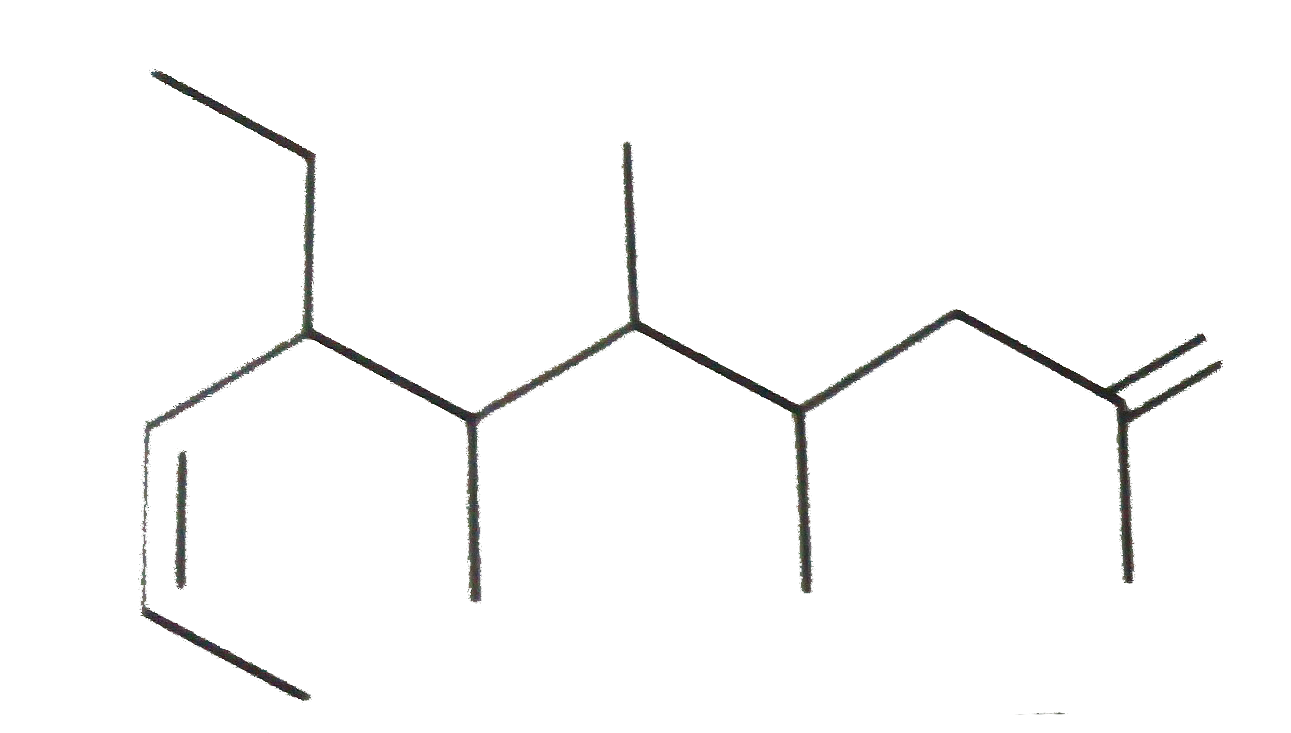
View SolutionThe IUPAC name of alkane

View SolutionWhich of the following series contains only electrophiles
View SolutionThe IUPAC name for the formula
`CH_(3) - overset(CH_(3))overset(|)(C)= CH - COOH` is
View SolutionThe IUPAC name of
`CH_(3) - overset(O)overset(||)(C)-CH_(2)-overset(OH)overset(|)(CH) - CHO` is
View SolutionThe IUPAC name of the following compound will be
`CH_(3)-overset(O)overset(||)(C)-CH_(2)-overset(OH)overset(|)(CH)-CHO` is
View SolutionThe IUPAC name of compound
`{:(CH_(3)-CH=C-CH_(2)-CH_(3)),(" |"),(" "CH_(2)-CH_(2)-CH_(3)):}`
View SolutionThe IUPAC name of following compound is:
`CH_(3)CH_(2) - underset(CH_(3))underset(|)overset(H)overset(|)(C) - underset(CH_(3))underset(|)overset(C_(4)H_(9))overset(|)(C) - CH_(3)`
View SolutionThe IUPAC name of tertiary butyl chloride is
View SolutionThe IUPAC name of acryaldehyde is
View SolutionMost stable carbanion among the following is
View SolutionThe addition of carbonyl compound to HCN is an example of
View SolutionNucleophilicity order is correct represented by
View SolutionIn which of the following homolytic bond fission takes place ?
View SolutionThe incorrect IUPAC name is
View SolutionThe correct IUPAC name of the compound give below is : ltbr.
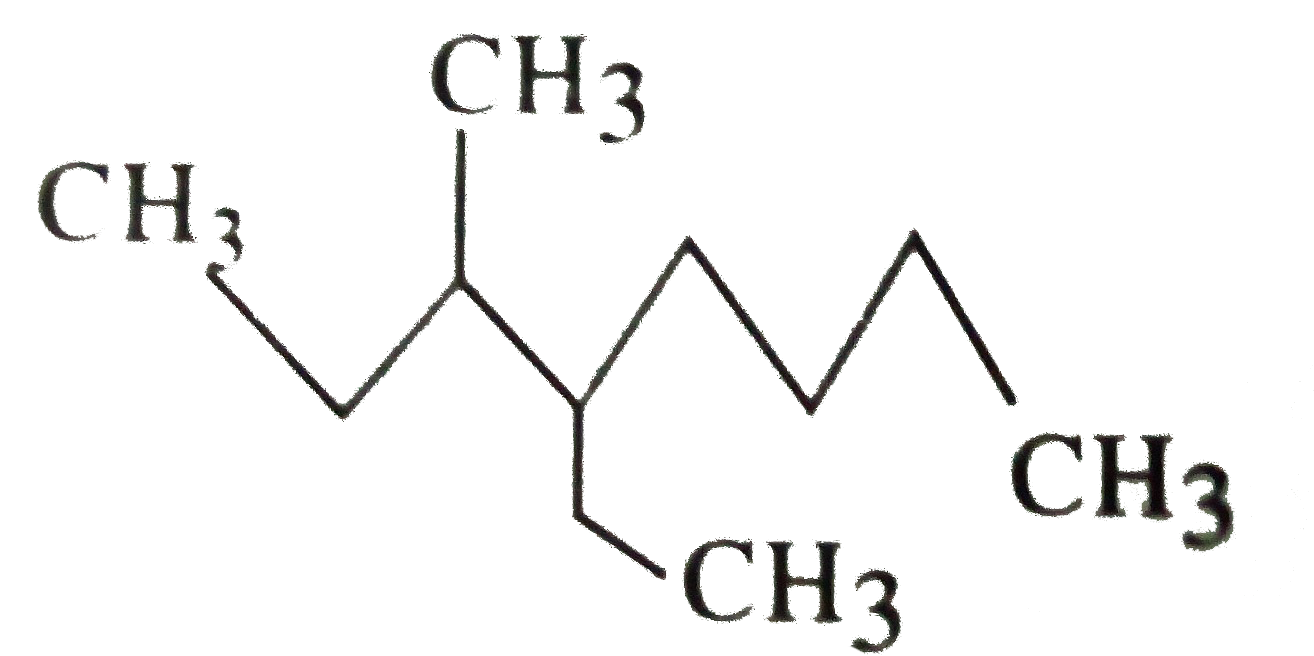
View SolutionThe IUPAC name of `CH_(3)COCH (CH_(3))_(2)` is :
View SolutionThe IUPAC name of
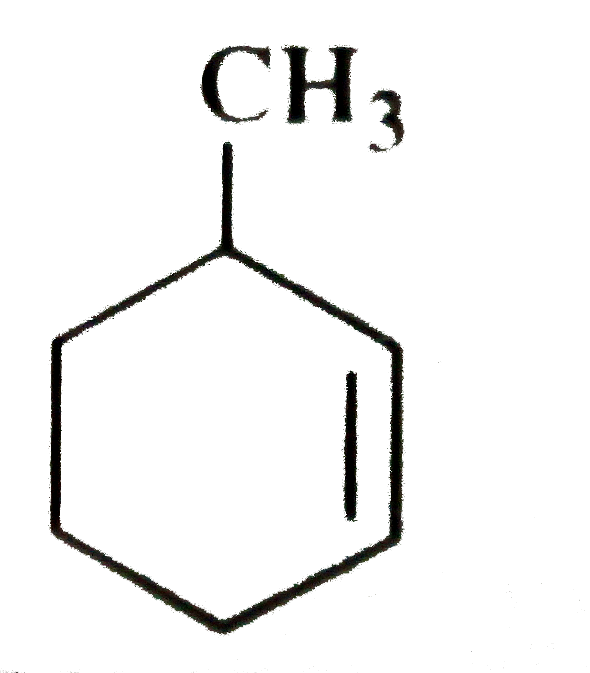 is :
is :
View SolutionThe most reactive nucleophile among the following is :
View SolutionHow many methyl groups are present in 2, 5-Dimethyl-4-ethylnonane ?
View SolutionIUPAC name of
`CH_(2)=CH-CH (CH_(3)CH_(2))underset(Br)underset(|)(C)=CH_(2)` is :
View SolutionThe IUPAC name of
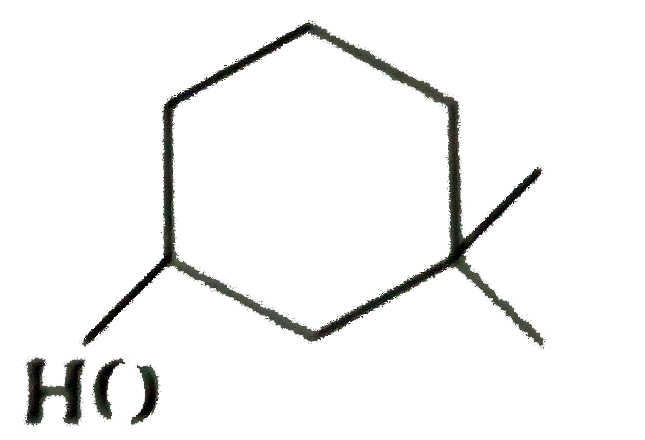 is
is
View SolutionIUPAC name of `(CH_(3)CH_(2)CO)_(2)O` is
View SolutionThe IUPAC name of the compound `CH_(3)COCH (CH_(3))_(2)` is :
View SolutionThe IUPAC name of
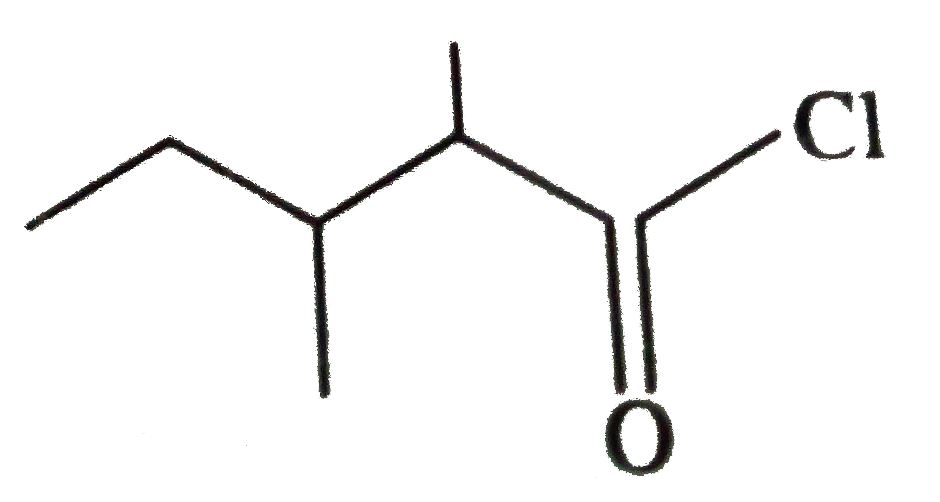 is :
is :
View SolutionThe IUPAC name of
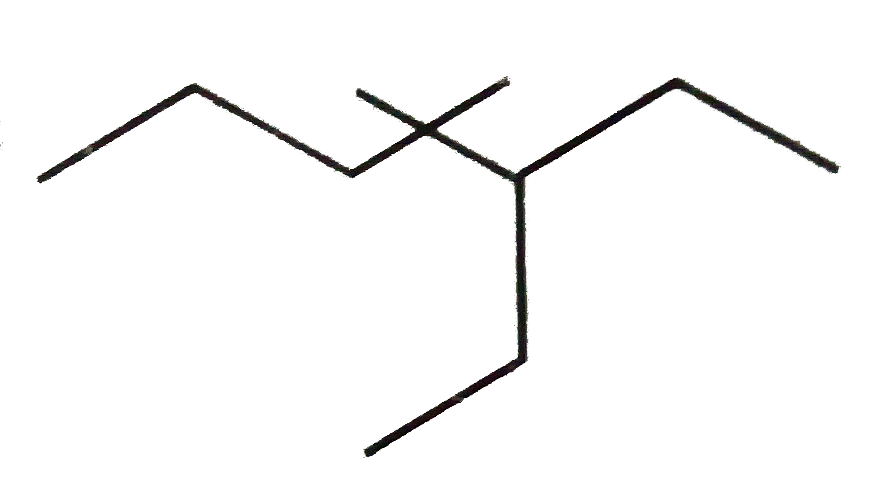 is
is
View SolutionThe correct decreasing order for the function groups of organic compounds in the IUPAC system of nomenclature is
View SolutionThe IUAPC name of the following compound is
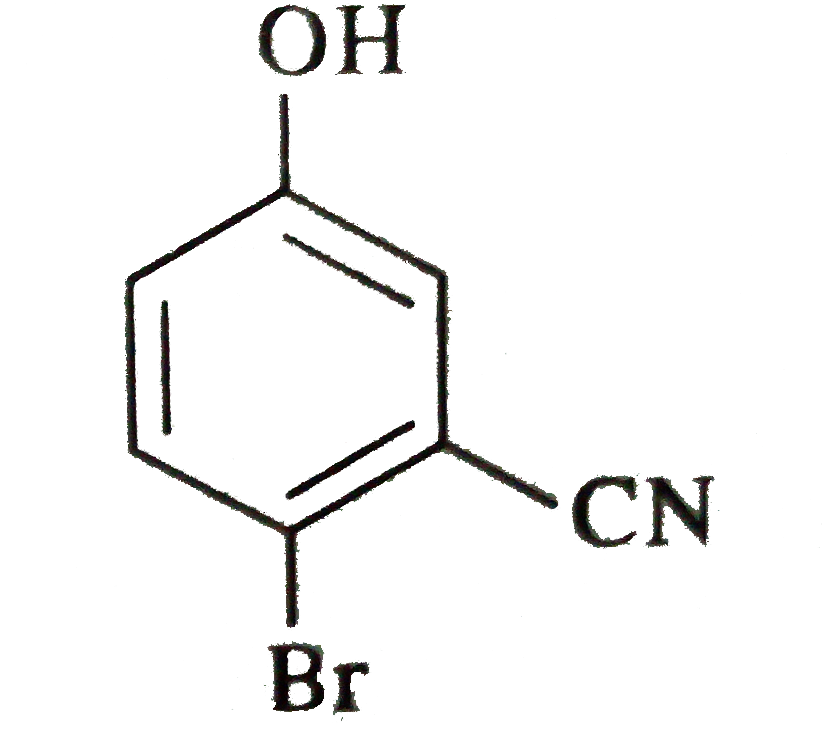
View SolutionIUPAC name of compound
`{:(" "CH_(3)),(" |"),(H_(3)C-C-CH=C-CH_(3)),(" |"" |"),(" "CH_(3)" "CH_(3)):}` is
View SolutionHyper conjugation is most useful for stabilising which of the following carbocations ?
View SolutionWhich is a correct name according to IUPAC system ?
View SolutionThe correct IUPAC name of the compound is :
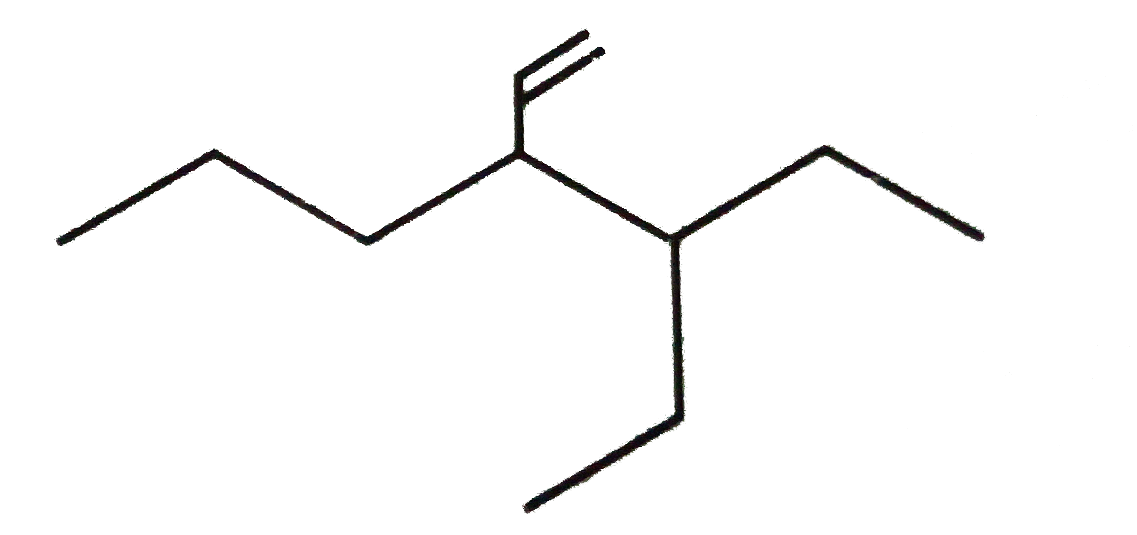
View SolutionThe structure of isoburtyl group in an organic compound is :
View SolutionStructure of the compound whose `IUPAC` name is `3-`ethyl`-2-`hydroxy`-4-`methylhex`-3-`en`-5-`ynoic acid is
View SolutionThe order of the stability of the following of acrbocations is :
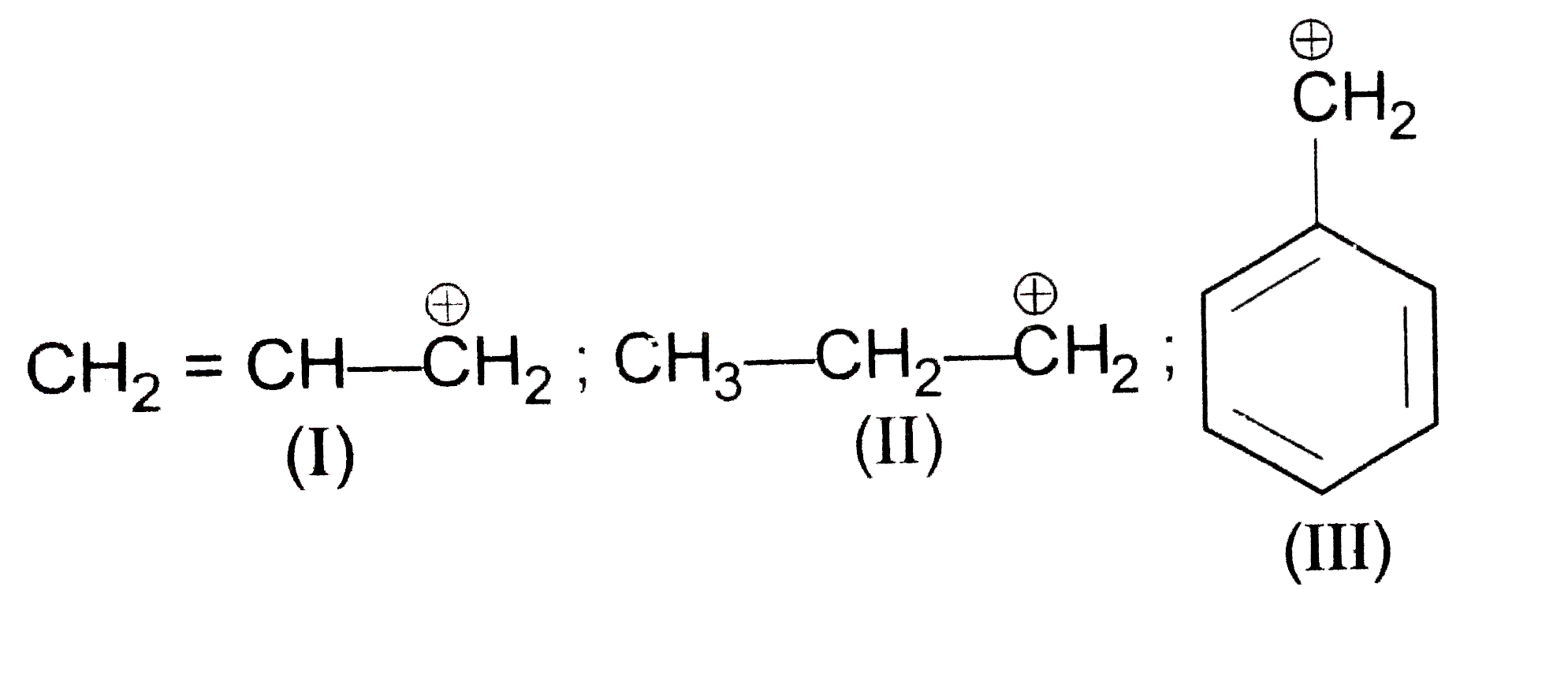
View SolutionThe IUPAC name of the following compound is :
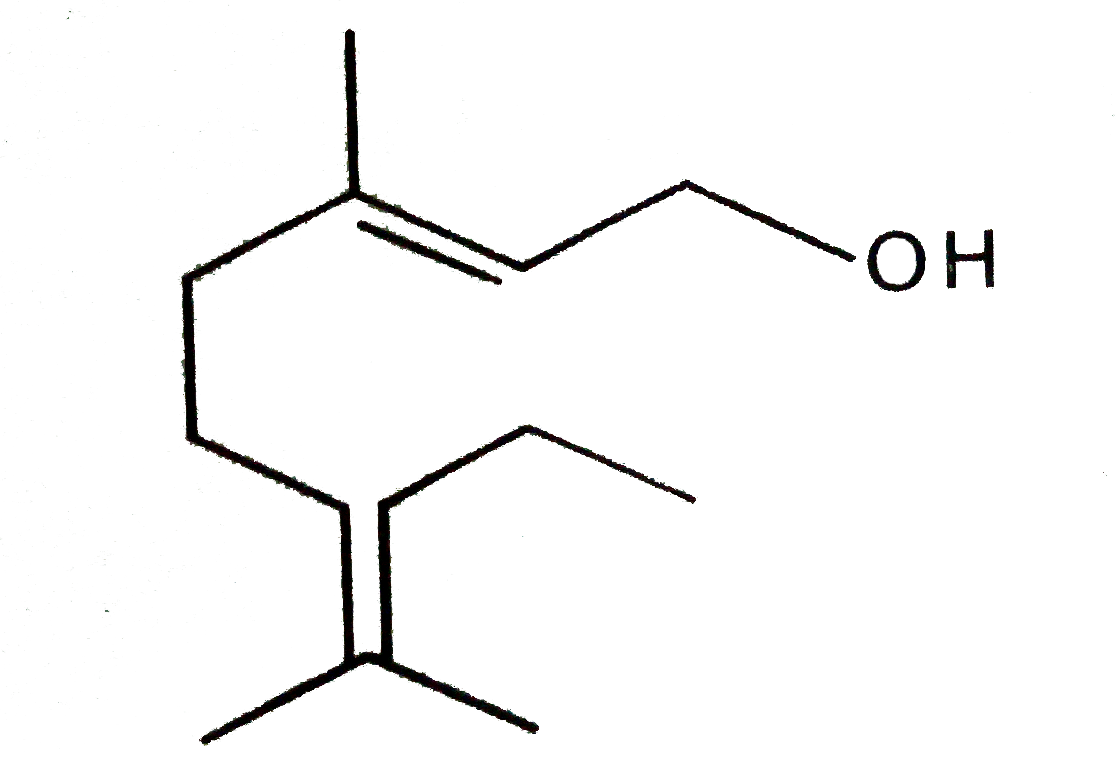
View SolutionThe IUPAC name of the following compound is :
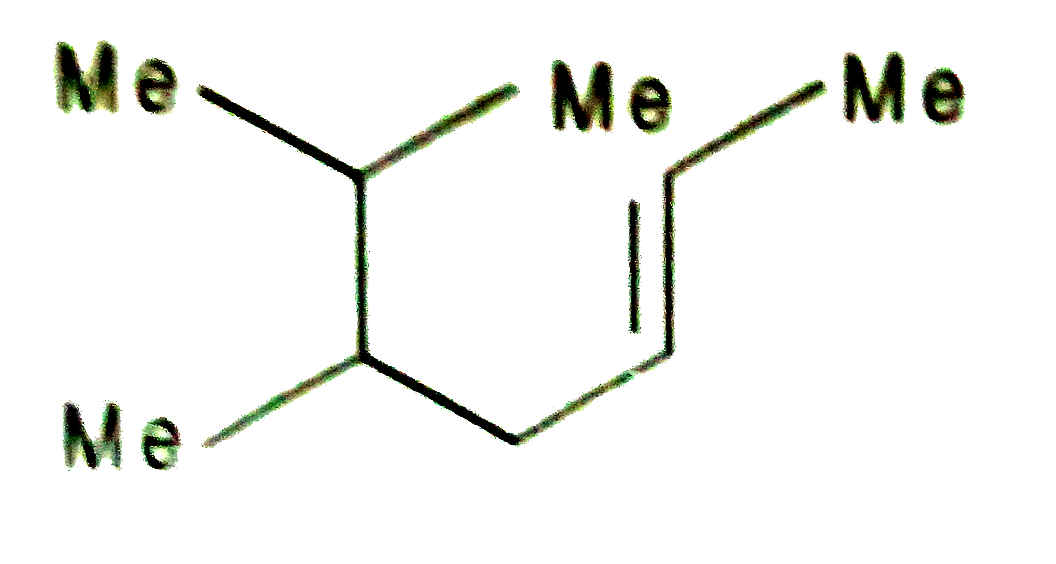
View SolutionConsider the following compounds :

Hyperconjugation occurs in
View SolutionThe anolic form of ethyl acetoacetate as shown below has

View SolutionWhich of the following statement is not correct for a nucleophile ?
View SolutionThe resonance effect is defined as 'the polarity produced in the molecule by the interaction of two `pi`-bonds or between a `pi`-bond and lone pair of electrons present on an adjacentatom.' The effect is transmitted through the chain.
In positive resonance effect, the transfer of electrons is away from an atom or substituent group attached to the conjugated system. This electron displacement makes certain positions in the molecule of high electron densities. In negative resonance effect, the transfer of electrons is towards the atom or substituent group attached to the conjugated system.
Which of the following does not show resonance effect ?
View SolutionThe resonance effect is defined as 'the polarity produced in the molecule by the interaction of two `pi`-bonds or between a `pi`-bond and lone pair of electrons present on an adjacentatom.' The effect is transmitted through the chain.
In positive resonance effect, the transfer of electrons is away from an atom or substituent group attached to the conjugated system. This electron displacement makes certain positions in the molecule of high electron densities. In negative resonance effect, the transfer of electrons is towards the atom or substituent group attached to the conjugated system.
Which of the following shows +M effect ?
View SolutionThe resonance effect is defined as 'the polarity produced in the molecule by the interaction of two `pi`-bonds or between a `pi`-bond and lone pair of electrons present on an adjacentatom.' The effect is transmitted through the chain.
In positive resonance effect, the transfer of electrons is away from an atom or substituent group attached to the conjugated system. This electron displacement makes certain positions in the molecule of high electron densities. In negative resonance effect, the transfer of electrons is towards the atom or substituent group attached to the conjugated system.
Which of the following carboxylate ions is the most stable ?
View SolutionThe resonance effect is defined as 'the polarity produced in the molecule by the interaction of two `pi`-bonds or between a `pi`-bond and lone pair of electrons present on an adjacentatom.' The effect is transmitted through the chain.
In positive resonance effect, the transfer of electrons is away from an atom or substituent group attached to the conjugated system. This electron displacement makes certain positions in the molecule of high electron densities. In negative resonance effect, the transfer of electrons is towards the atom or substituent group attached to the conjugated system.
The correct statement regarding a carbonyl compound with a hydrogen atom on its alpha carbon, is
View SolutionThe resonance effect is defined as 'the polarity produced in the molecule by the interaction of two `pi`-bonds or between a `pi`-bond and lone pair of electrons present on an adjacentatom.' The effect is transmitted through the chain.
In positive resonance effect, the transfer of electrons is away from an atom or substituent group attached to the conjugated system. This electron displacement makes certain positions in the molecule of high electron densities. In negative resonance effect, the transfer of electrons is towards the atom or substituent group attached to the conjugated system.
What is the IUPAC name for :
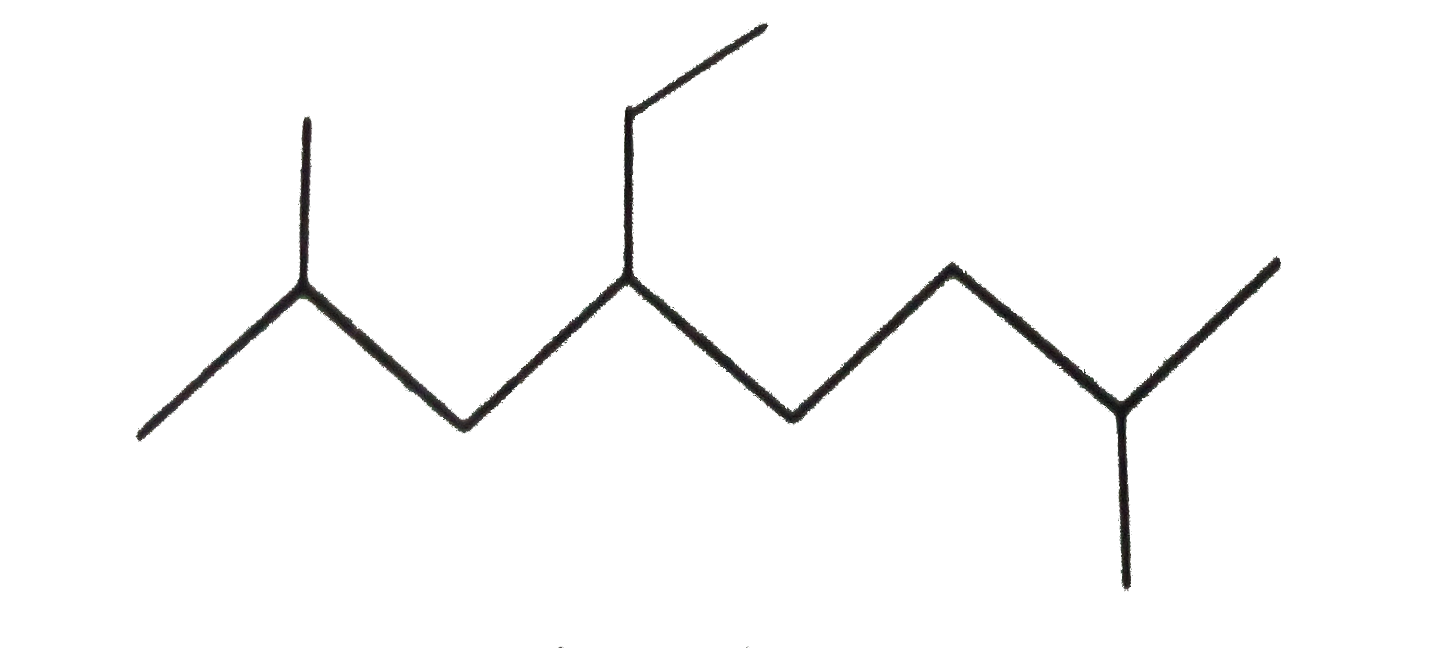
View SolutionThe resonance effect is defined as 'the polarity produced in the molecule by the interaction of two `pi`-bonds or between a `pi`-bond and lone pair of electrons present on an adjacentatom.' The effect is transmitted through the chain.
In positive resonance effect, the transfer of electrons is away from an atom or substituent group attached to the conjugated system. This electron displacement makes certain positions in the molecule of high electron densities. In negative resonance effect, the transfer of electrons is towards the atom or substituent group attached to the conjugated system.
Which of the following intermediates is pyramidal in shape ?
View SolutionThe resonance effect is defined as 'the polarity produced in the molecule by the interaction of two `pi`-bonds or between a `pi`-bond and lone pair of electrons present on an adjacentatom.' The effect is transmitted through the chain.
In positive resonance effect, the transfer of electrons is away from an atom or substituent group attached to the conjugated system. This electron displacement makes certain positions in the molecule of high electron densities. In negative resonance effect, the transfer of electrons is towards the atom or substituent group attached to the conjugated system.
Which of the following free radicials is the most stable ?
View Solution
MCQB questions and complete solutions for chapter ORGANIC CHEMISTRY - SOME BASIC PRINCIPLES & TECHNIOUES of S DINESH & CO CHEMISTRY (HINGLISH) of Class 11
All Exercises from DINESH COMPANION CHEMISTRY Class 11 CHEMISTRY ORGANIC CHEMISTRY - SOME BASIC PRINCIPLES & TECHNIOUES
- Assertion-Reason
- ASSIGNMENT
- CONCEPT BASED QUESTION
- Detection & Estimation of Organic Compounds
- Example
- Matching Type
- MCQB
- MCQS
- N.C.E.R.T.
- NCERT Exemplar Problems
- Problems For Practice
- PURIFICATION & CHARACTERISATION OF ORGANIC COMPOUNDS
- Purification of Organic Compounds
- SHORT ANSWER TYPE QUESTION
- Some Basic Principles in Organic Chemistry
- VALUE BASED QUESTION